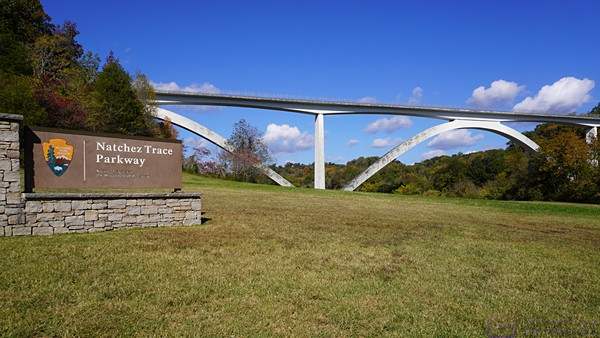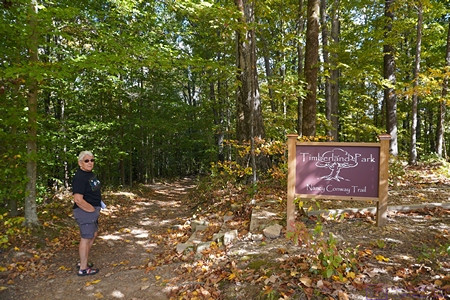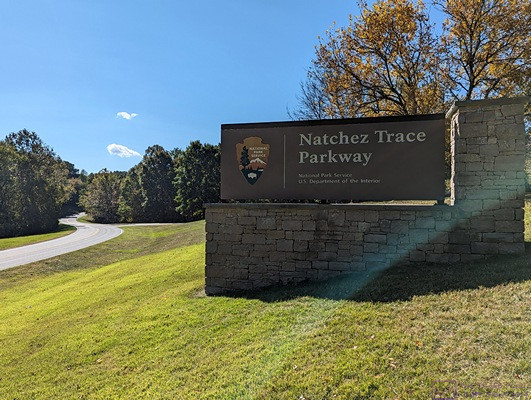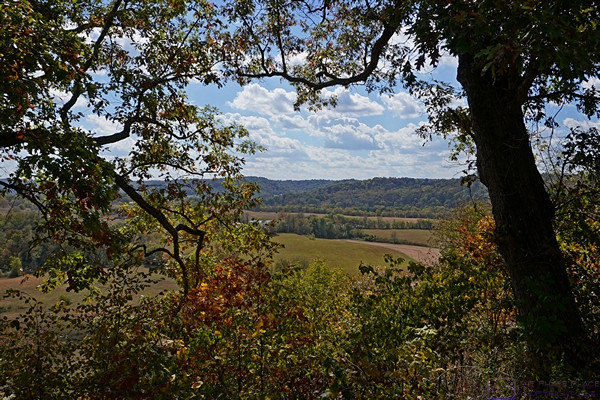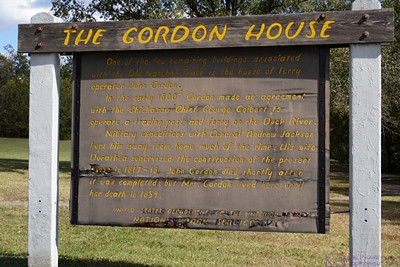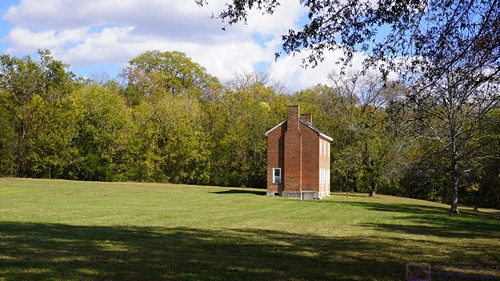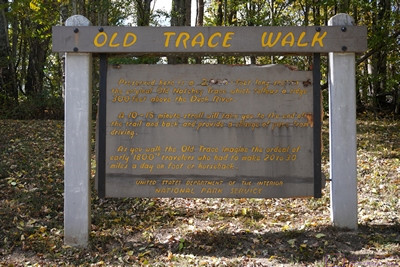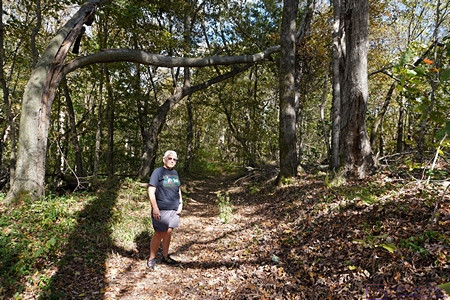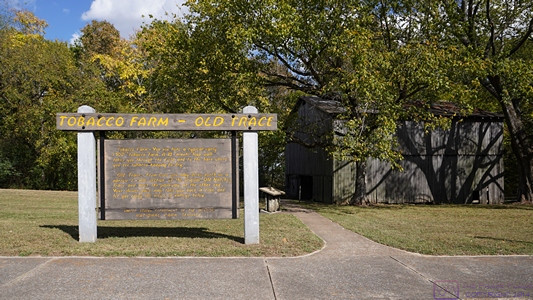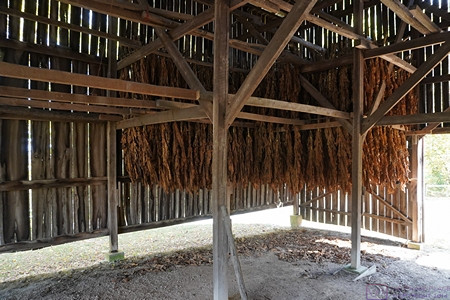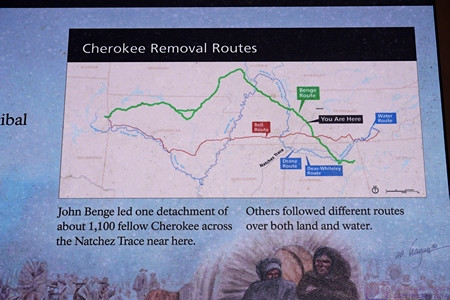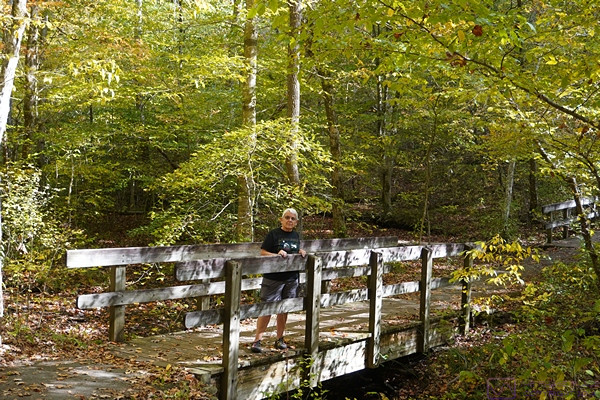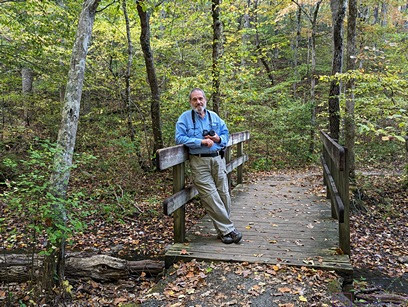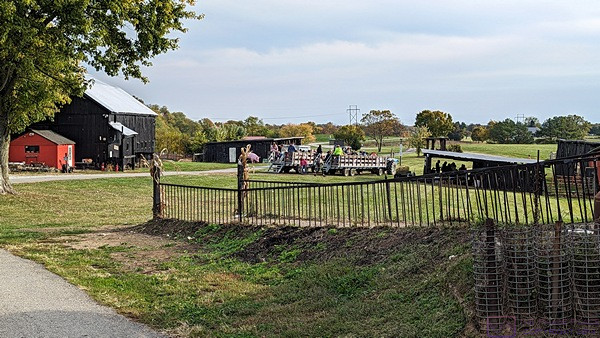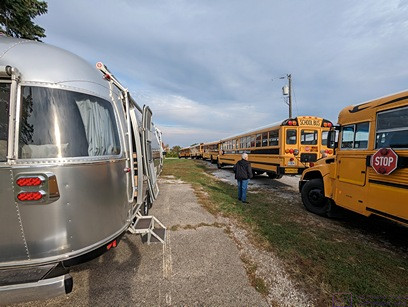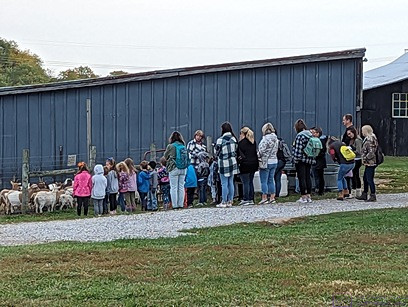Note: This post contains two (2) photos near the end. Both were taken by me (Bruce) with a Google Pixel 6 Pro.
FRIDAY 01 December 2023 — Another travel day
Our trip last month from home to Luxury RV Resort in Gulf Shores, Alabama in October was around 1,400 miles and took 15 days because of our transit of the Natchez Trace National Parkway (NTNP). The trip in the other direction was estimated at around 1,050 miles and a little over 14-hours driving time. A shorter distance, for sure, as it would be more direct and we were not planning our route to include any special sites along the way. Still, that would be an average daily driving distance of about 265 miles for each of the four travel days we planned for the trip, with a total driving time of 21 hours for an average 5 hours per day. Our trip yesterday, however, was only 223 miles, so we still had 827 miles to travel over three days, or about 275 miles per day. That was still within the 150 – 300 miles per day target that seems to work well for us. In spite of cold temperatures, which would require us to quickly winterize the travel trailer once we got home, we were nonetheless eager to get there.
Our next overnight stop was the Grand Ole RV Resort in Goodlettsville, Tennessee, a place we have stayed several times, including at the beginning of our drive down the NTNP. We like this RV park, and find it convenient when RVing up and down I-65 through Kentucky and Tennessee. Our mapping/routing apps indicated a 256-mile drive which we estimated to be about 5 hours driving time at our estimated average speed of 50 MPH.
Check-in at RV parks is generally sometime after noon, but can be as late as 3 PM. A call to the resort confirmed that we could arrive and check-in sooner than that. I suspect, but I do not recall, that we broke camp and were on our way between 9 and 9:30 AM and arrived between 2 and 2:30 PM. As best I recall (ABIR), the weather was nice when we arrived, which gave us plenty of time to leisurely “make camp,” and then go for a walk around the RV park. We then detached the truck from the travel trailer and went in search of food and fuel. I do not recall what the weather was like during the evening and over-night hours, but if we had storms (which can be fierce in this area) they must not have been too bad as we were not awakened and our truck/trailer did not have any damage.
SATURDAY 02 December 2023 — A minor technical issue, and home at last
As mentioned above, when we left Luxury RV Resort in Gulf Shores, Alabama on 30 November, we intended to take four days to make the trip home, stopping for three nights along the way, and arriving home on Sunday, December 3rd. Indeed, Linda had made a reservation for each of the three nights. ABIR these many months later, our last and final stop was booked at the Lebanon / Cincinnati NE KOA northeast of Cincinnati, Ohio and east of I-75, another KOA where we have stopped in the past. The distance for this leg was approximately 300 miles, with a time estimate a little over 4 hours, which we figured would be closer to 6 hours. (We use KOAs because when they are convenient to our route as it is easy to book online and easy to cancel with little or no penalty.)
One of the issues for us, when towing the travel trailer, is that the fuel economy of the F-150 / trailer combination usually averages around 12 MPG. This is about 60% – 50% of the 20 – 24 MPG we can get from the truck during extended highway travel without the trailer. We have a 36-gallon fuel tank so, hypothetically we can travel 432 miles before running out of gasoline, but we do not like the run the tank below the 1/4 mark if possible. As a practical cutoff, as we approach the 300-mile mark of a leg we start to incur additional travel time because we have to stop for fuel before reaching our destination. That also means trying to find a filling station that we can get into, position the rig for good access to a pump, and exit without getting stuck or damaging the trailer. Yeah, we worry about things like that. (Our preferred routine is to get to our campsite, set up camp, and then disconnect the truck and go find fuel.) Fuel economy combines with other factors to determine a realistic ETA such as: a) the time required to exit an RV park and make our way on surface streets to the highway we plan to travel, and b) the fact that we tend to drive at 62 MPH on highways posted at 65 or 70 MPH. Basing our ETAs on that average speed has worked remarkably well for us.
Our only technical mishap of the entire trip (with the trailer) happened this morning. Everything was going according to our usual routine for breaking camp and packing up. When I tried to unplug the “50A RV” shorepower cord from the socket end of the Hughes Power Watchdog EPO surge/transient protector device, however, the ground pin on the cord broke off and remained lodged in the Power Watchdog. The ground pin turned out to be potted metal surrounded by brass, and was much weaker by design that I would have expected. Also, the plug was molded so, given these two facts, there was no chance of being able to do a field repair on this expensive piece of junk.
We did not have a spare “50 A” cord with us, as they are just too bulky and heavy to carry a second one. (We always had a spare in the converted motorcoach, but we have the space and load capacity for that.) We also did not want to try and buy a new one as they are expensive, the RV park store was unlikely to have (a good) one much less at a bargain price, and we did not want to take the time to go find one somewhere else. We did have a “15 A” cord that was sufficient to run the lights (LED) and control circuits for the refrigerator, hot water heater, and furnace, which would allow us to use propane as the heat source, but because we were moving into an area with much colder temperatures, we were not comfortable with that option.
While our planned drive today was 300 miles, we were still almost 600 miles from our house. That distance represented a 12-hour drive, including one or two fuel stops. We pondered the situation for a while, but fairly quickly decided to cancel our overnight stop for this evening at the Lebanon / Cincinnati NE KOA, and just go home. I probably drove faster that 62 MPH, but we still arrived home in the dark just ahead of a looming drop in temperatures.
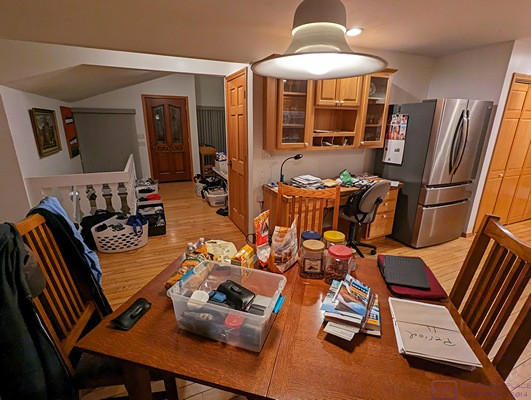
The dining room portion of our open floor plan with the entry vestibule and kitchen. Rather than try to keep the trailer warm, which would use a lot propane, we unloaded most of the food and other cold-sensitive items from the interior of the trailer. Some of them are spread out on the table and others are on the floor in the vestibule by the stairs to the lower level.
Since we did not have a chance to winterize the travel trailer before getting home, I plugged it in to shorepower (which I had to turn on inside the house), turned on the propane furnace, and set it to about 45 degrees F. Winterizing the trailer in the next few days would be a high a priority.
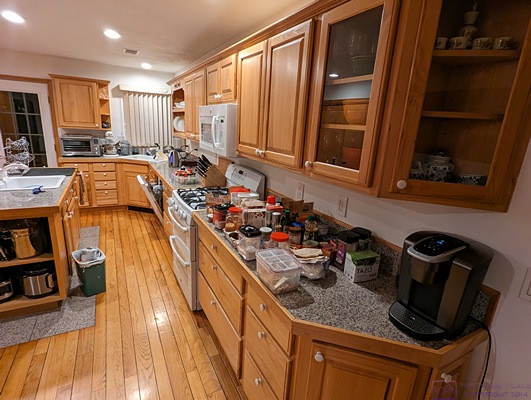
More of the stuff from the trailer on the counters in the kitchen. Stuff tends to get loaded into the trailer gradually but unloaded quickly, so the unloading process tends to reveal just how much stuff we have onboard.
Much to our delight, and something of a surprise, Cabella (the cat who is not our cat but is basically becoming our cat) quickly appeared and did not hesitate coming into the house. I worried about her the whole time we were away, even though our neighbor (Mike) was checking on her automatic feeder every week and restocking it as needed. I was relieved that Cabella had clearly been getting enough to eat and looked well.
…
